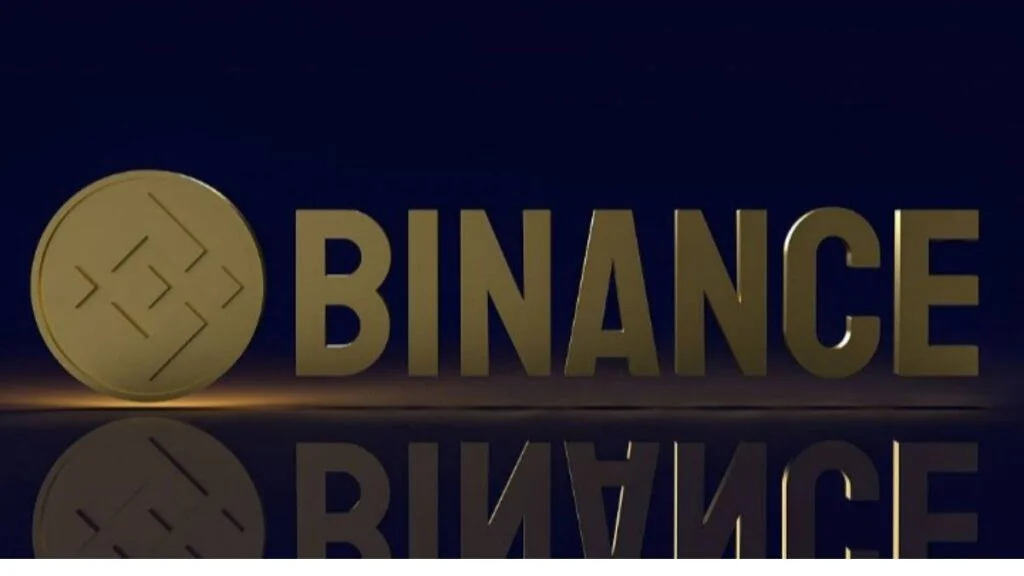Binance announced its official answer two weeks after initially pledging to create a proof-of-reserve (PoR) system in response to the FTX liquidity and bankruptcy catastrophe.

The exchange explained how users can utilize the system to check its holdings in an announcement on the Binance website. The Merkle Tree-based method can currently only verify Bitcoin (BTC $16,478), although the statement states that more coins will be added in the upcoming weeks.
It also highlighted planned transparency enhancements, including as the use of independent auditors to check its PoR outcomes and the incorporation of ZK-SNARKs into its PoR procedures.
Days after declaring its support for PoR, Binance made its wallet addresses and on-chain activity public. Changpeng “CZ” Zhao, CEO of Binance, tweeted about the most recent development. Naturally, the Twitter community had a response, and many of them were supportive of the efforts to increase openness.
One of the first companies to release proof of funds after the FTX was Binance. On Nov. 16, a week after the original incident, Bybit and other significant exchanges like Bitfinex, OKX, KuCoin, and Crypto.com disclosed their reserve wallet addresses.Following the release of their information, which included lent monies, Huobi and Gate.io both faced criticism.
Grayscale Investments, a provider of cryptocurrency investment products, stated that security issues made it reluctant to divulge wallet addresses. As a solution to the trust issues that were starting to surface for centralized exchanges on November 10th, Chainlink Labs offered PoR auditing services to exchanges throughout the space .On November 22, market tracker CoinMarketCap said that it had launched a new function, a PoR tracker for exchanges that have made the data available.
